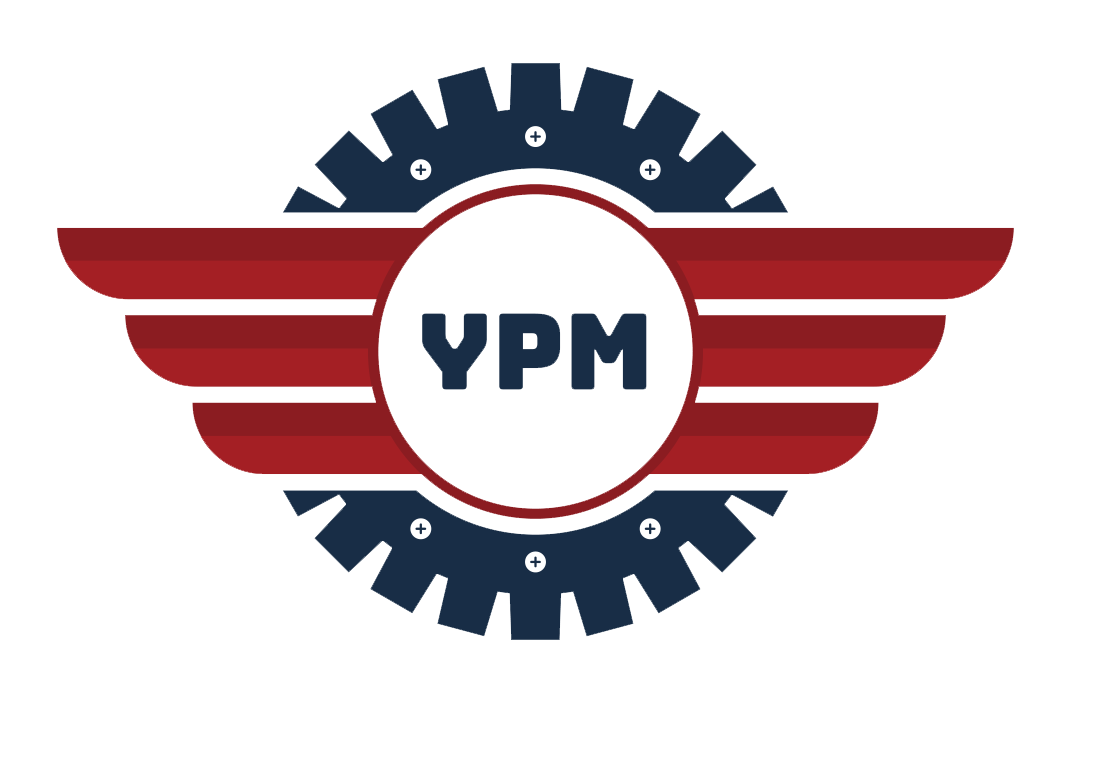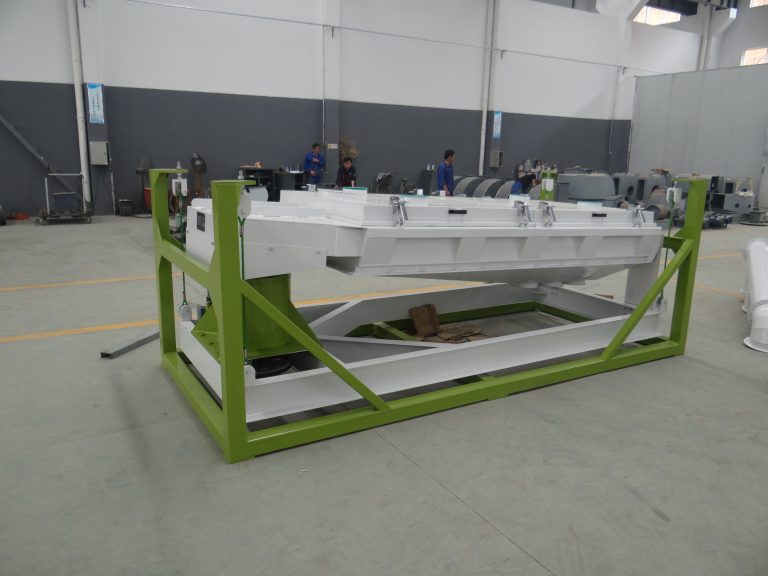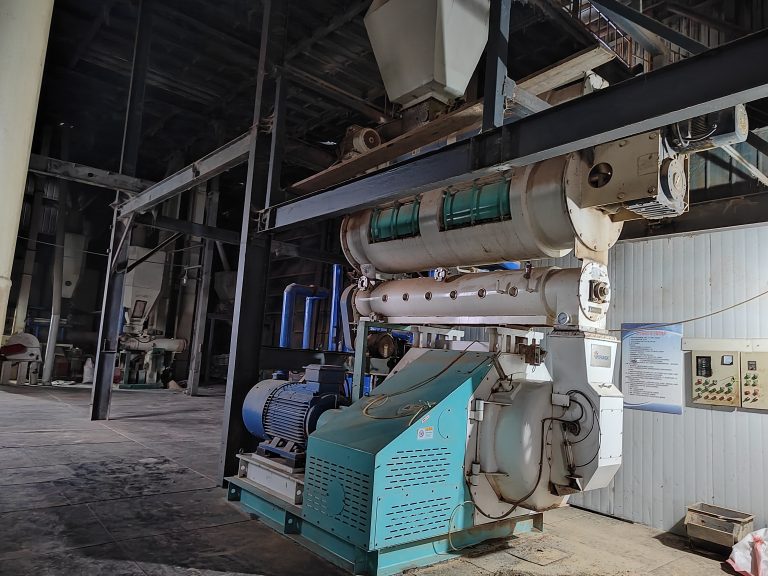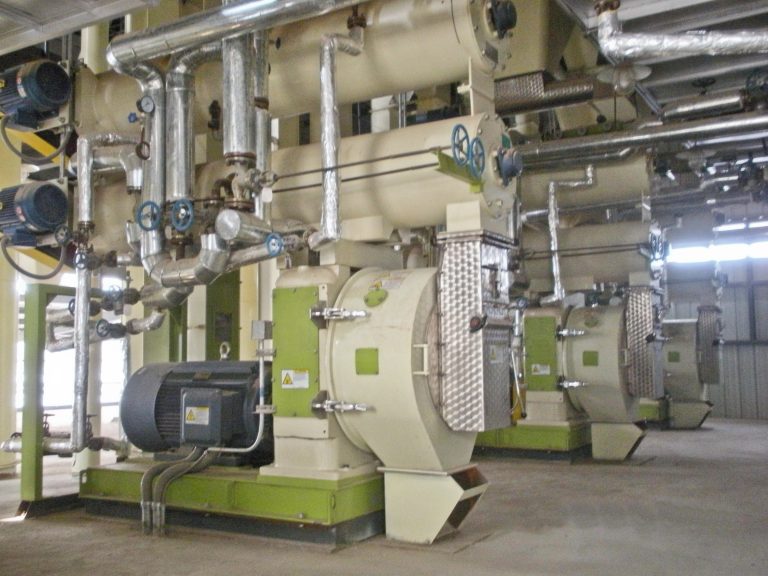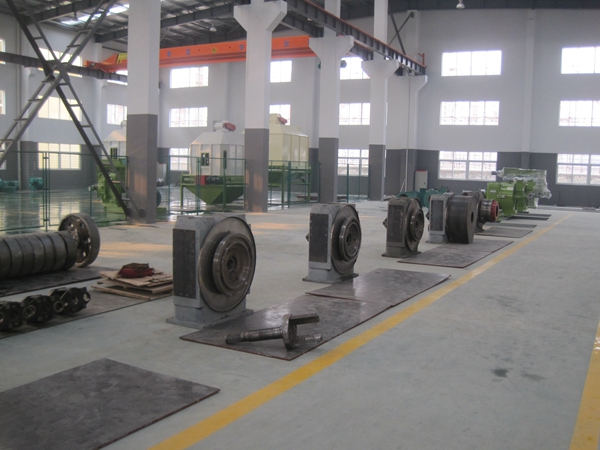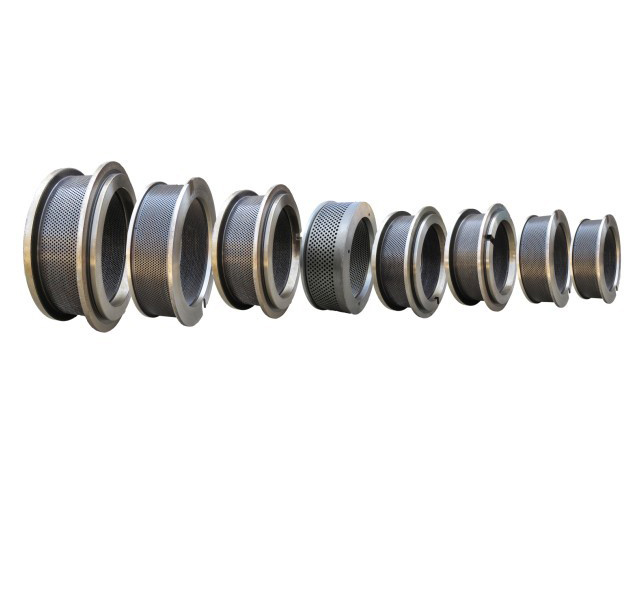Analyzing the Efficiency of Counter Flow Pellet Cooler
Counter flow pellet coolers are an essential component in the process of pellet production. These coolers play a crucial role in ensuring that the pellets are cooled down to the desired temperature before they are packaged and stored. One of the most commonly used types of pellet coolers is the counter flow pellet cooler, which is known for its efficiency and effectiveness in cooling pellets.
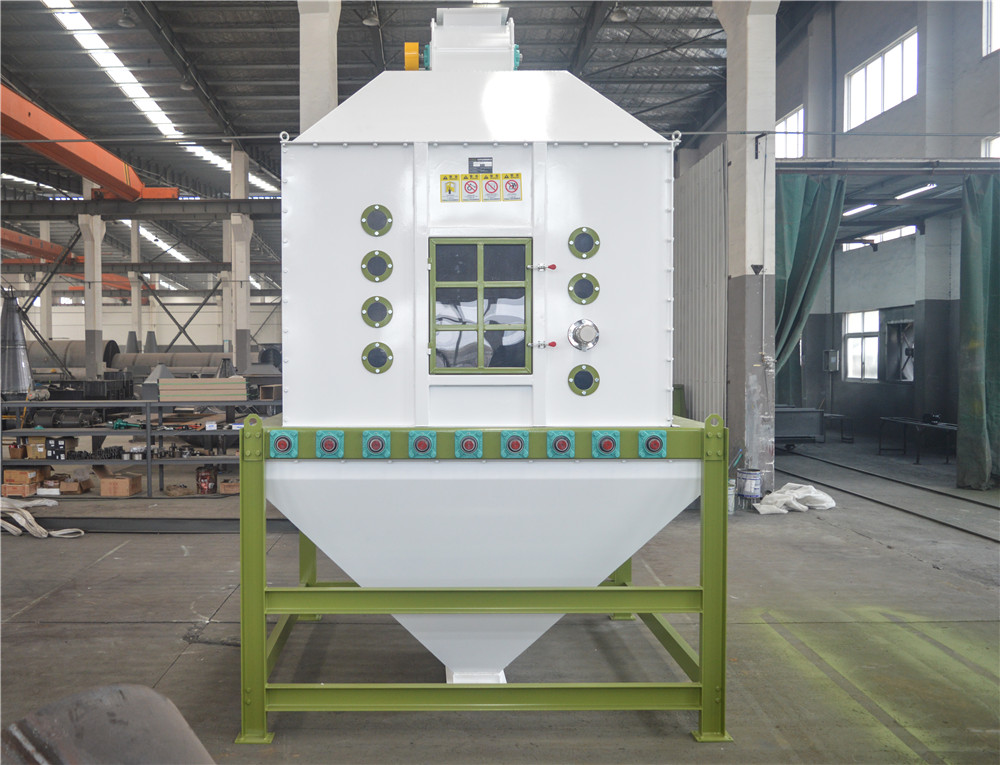
The performance of a counter flow pellet cooler can be analyzed based on several key factors. One of the most important factors to consider is the cooling efficiency of the cooler. The cooling efficiency of a counter flow pellet cooler is determined by how effectively it can cool down the pellets to the desired temperature. This is crucial in ensuring that the pellets are of high quality and can be stored for a longer period without losing their nutritional value.
Another important factor to consider when analyzing the performance of a counter flow pellet cooler is its energy efficiency. Energy efficiency is a key consideration in any industrial process, as it can have a significant impact on the overall cost of production. A counter flow pellet cooler that is energy efficient will consume less power and reduce the overall operating costs of the pellet production process.
In addition to cooling efficiency and energy efficiency, the performance of a counter flow pellet cooler can also be analyzed based on its capacity and throughput. The capacity of a cooler refers to the amount of pellets that it can cool down in a given period of time. A counter flow pellet cooler with a high capacity can process a larger volume of pellets, which is essential for large-scale pellet production operations.
Model | SKLN1.5 | SKLN2.5 | SKLN4 | SKLN6 | SKLN8 | SKLN10 |
Capacity(t/h) | 2.5 | 6 | 10 | 15 | 20 | 25 |
Power(kw) | 0.75 | 0.75 | 1.5 | 1.5 | 1.5 | 1.5 |
Airlock power(kw) | 0.55 | 0.55 | 0.75 | 1.1 | 1.1 | 1.5 |
Cooling time(min) | >6-10 | >6-10 | >6-10 | >6-10 | >6-10 | >6-10 |
Feed temperature after cooling | <3-8℃ than ambient temperature | <3-8℃ than ambient temperature | <3-8℃ than ambient temperature | <3-8℃ than ambient temperature | <3-8℃ than ambient temperature | <3-8℃ than ambient temperature |
Furthermore, the throughput of a counter flow pellet cooler refers to the speed at which it can cool down the pellets. A cooler with a high throughput can process pellets quickly, which is important for maintaining the efficiency of the pellet production process. By analyzing the capacity and throughput of a counter flow pellet cooler, manufacturers can determine whether the cooler is suitable for their production needs.
Overall, the performance of a counter flow pellet cooler can be evaluated based on its cooling efficiency, energy efficiency, capacity, and throughput. By considering these key factors, manufacturers can determine whether a particular cooler is suitable for their production needs and can help them achieve their production goals.
In conclusion, counter flow pellet coolers play a crucial role in the pellet production process. Analyzing the performance of these coolers based on factors such as cooling efficiency, energy efficiency, capacity, and throughput can help manufacturers determine the effectiveness of the cooler in their production operations. By investing in a high-quality counter flow pellet cooler, we can ensure that their pellets are cooled down to the desired temperature efficiently and effectively.
